How to Add Exceptions to Firewall? This article will teach you some of the basic steps that'll show you how to add an exception to your firewall. Exceptions are necessary when something you want to use is blocked due to security concerns.

A firewall is a great network security system that protects your computer from malware and virus. However, many times it blocks safe files and applications too. In that case, adding recognized files to the Windows firewall exception is a great idea. Let’s know how to do that below.
Adding Exceptions to Firewall
Here is how you can add exceptions to the Windows firewall below.
- Go to the “Start” button from the left. Write “Control Panel” on the search bar.
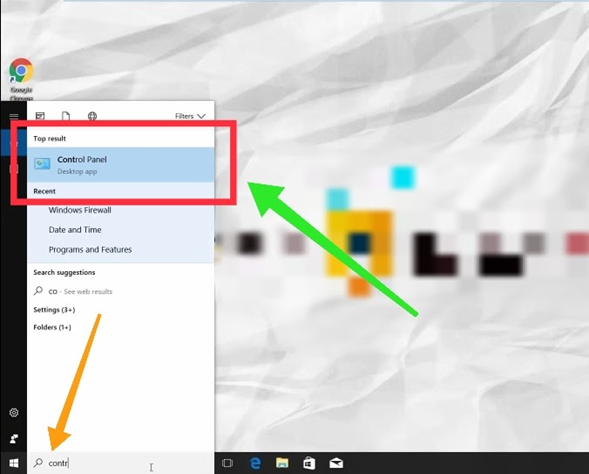
- Open “Control Panel” and choose “Windows Firewall” from the floating window.
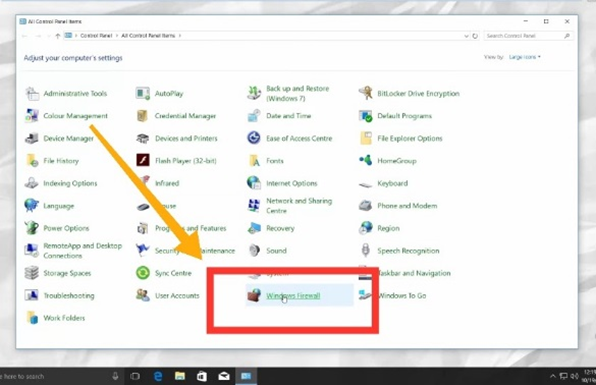
- Move the cursor to the top left corner and click on “Allow apps and features through Firewall.”
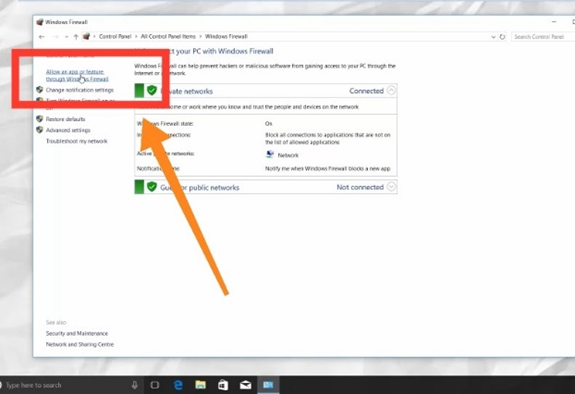
- A dialog box will appear. Select “Change Settings” from there.

- Scroll down the list to find the fileapp you want to add as a Windows firewall exception program.
- Select the file and check both the “Private” and “Public” options.
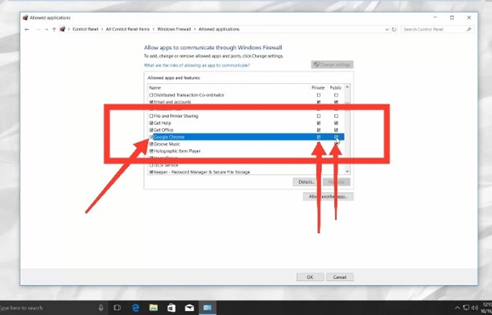
- Click the “Ok” button and save the change.
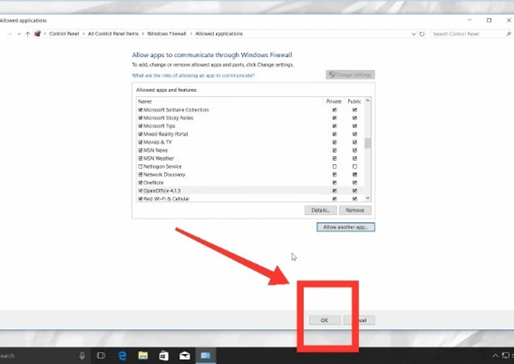
Removing Exception from Firewall
If you want to remove an exception from Firewall, here is what you have to do.
- Turn on your computer click on the “Start” menu.
- Open “Control Panel” from the left. Type “Control Panel” on the search bar if you can find it.
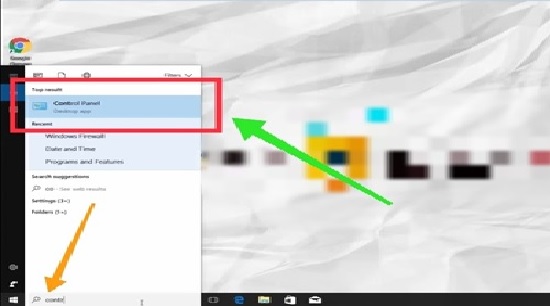
- Go to “Windows Firewall” from the newly opened window.
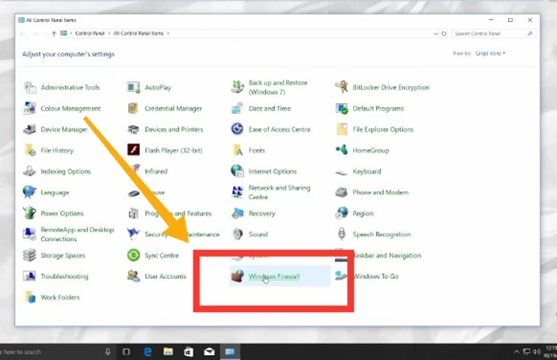
- Click on “Change Settings” from the top right side.
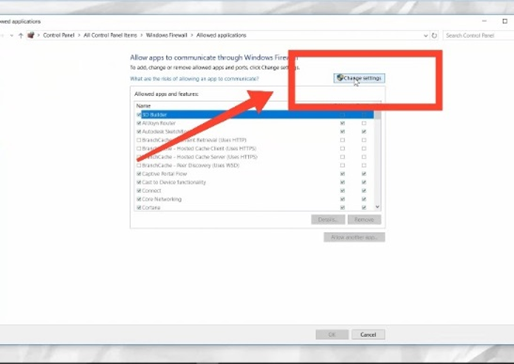
- Scroll and search the file you need. Uncheck and remove it.

- Select “Ok” from down. Click the red “Cross” button to finish the process.
How to find files to add to Firewall?
Well, we have already reviewed how to add a file to the Firewall exception list. However, we often can’t find the file on the list to add it as an exception. Here is how to fix this.
- Open the “Start” menu and open the “Control Panel”.
- Choose “Windows Firewall” next. A new window will arrive. Click on “Change Settings” from the top.
- Click on “Allow another app” from the right-hand side.
- A new dialog box will open. Click on the “Browse” button from below.
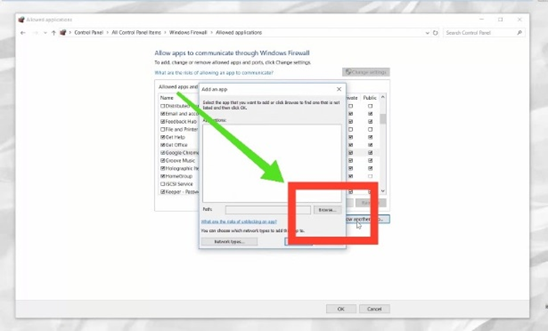
- A new window will show you all the available files. Find the one you need from there.
- Click on the file and go with “Open.”

- Another dialog box will arrive on your screen. Click on “Network types” from the bottom left.
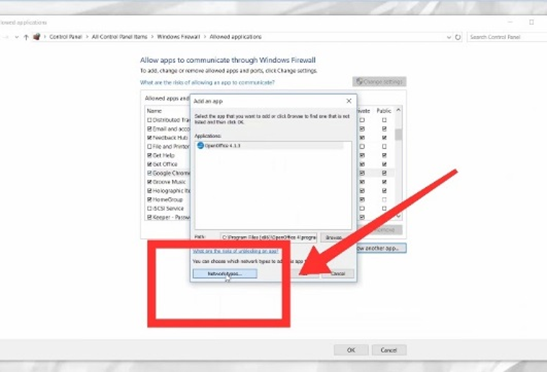
- Check the “Public” and “Private” options as network types. Select “Ok” to save the settings.

- Next, click on “Add” to include it on the list. Select “Ok” to finish the process.
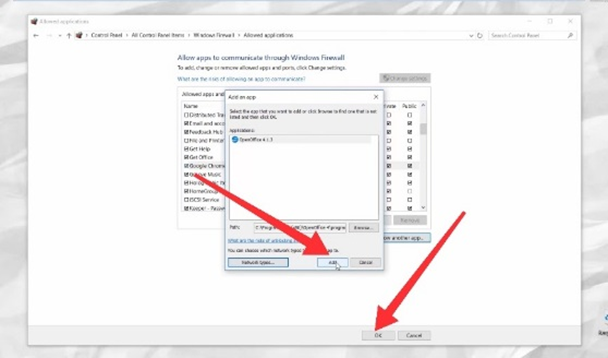
What Happens When I Disable the Firewall?
Well, a Windows firewall works like a shield to protect your computer from hacking and information privacy. When you turn it off, any unauthorized file can enter your computer and access all information without your concern.
That’s why users should always use this program for safe internet use. Besides, it would be best to be very sure about any files activity before adding it to the Firewall exception list. Thus, you can easily protect the privacy of your computer.
Summary: Add Exceptions to Firewall
- Click on the Start button.
- Open System and Security.
- Open Windows Firewall.
- Select Allow a program or feature through Windows Firewall.
- If you want to add exceptions for all of the networks click Change settings.
- Mark the checkbox next to the program that you wish to allow access through firewall.
- Click OK.